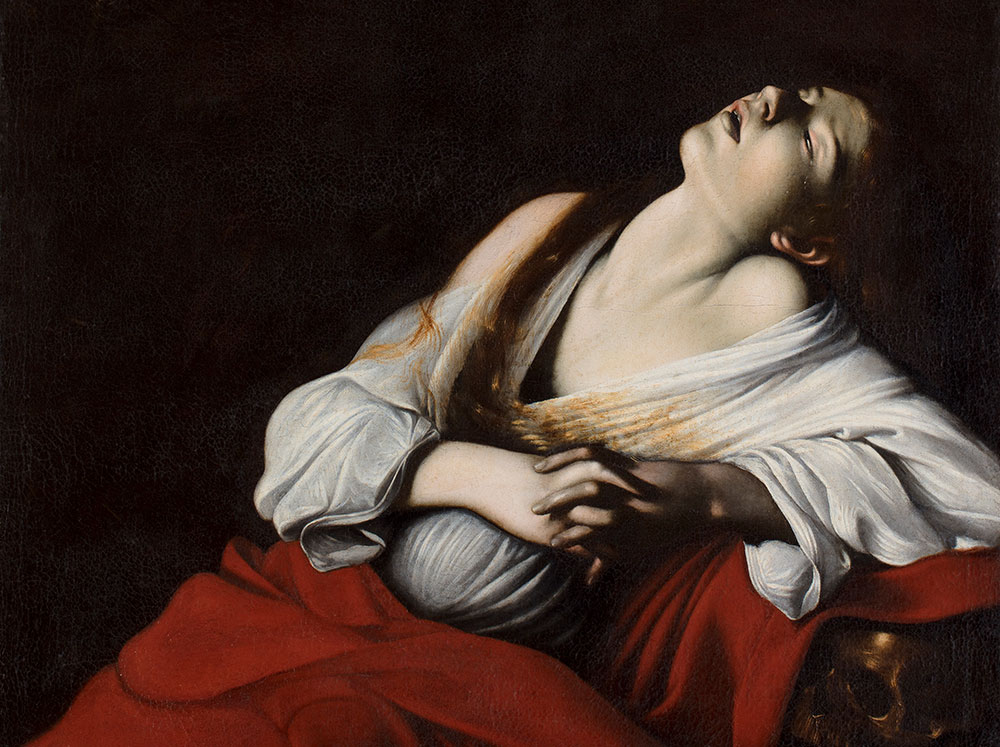- Home
- bauhaus imaginista: Moving Away
Exhibitions
'bauhaus imaginista' exhibition celebrates '100 years of Bauhaus' and is organised in collaboration with Goethe Institut, Haus der Kulturen der Welt (HKW), Bauhaus Cooperation Berlin Dessau Weimar and the China Design Museum / China Academy of Art (Hangzhou). (www.bauhaus-imaginista.org , www.bauhaus100.de)
bauhaus imaginista presents the exhibition Moving Away at the Kiran Nadar Museum of Art (KNMA) New Delhi. This exhibition focuses on how principles in design and architecture from the Bauhaus have been adapted, expanded and contested in different social and political contexts. These include the former Soviet Republics, India, North Korea and China. The title of the exhibition indicates how the migration of Bauhaus ideas was never a case of pure dissemination, but instead these ideas were accepted and rejected in relation to local conditions and against a backdrop of geopolitical change in the twentieth century.
Moving Away at the Kiran Nadar Museum, which was partly presented before in Hangzhou (China) with the same title, brings diverse Bauhaus genealogies together in an exhibition for the first time. Through a series of case studies it becomes possible to compare different responses to the Bauhaus, filtered through cultural translation and grounded in the conditions of a particular locality.
Marcel Breue's filmstrip collage ein bauhaus-film. fünf jahre lang (a bauhaus film, five years long, 1926) provides the exhibition’s point of departure. It visualizes the development of the chair from crafted object to industrial prototype, towards a future where designed objects become obsolete. Breuer wrote that design must adapt to changing environments, which could be read as an argument against a universal set of forms and methods. Breuer’s collage was published in the Bauhaus Journal No 1, and the magazine’s contents introduce the basic principle of Bauhaus design, which go beyond individual objects to think about the building as a whole. This meant the development of new designs for cups, chairs, textiles, wall colours and flooring, through to campus architecture, houses and housing estates. The exhibition explores how these disciplines were integrated and related to the idea of social function and reform.
Following his politically motivated dismissal in 1930, the Bauhaus’s second director Hannes Meyer and seven of his students travelled to Moscow at the invitation of the Soviet government and worked there on projects, including designing educational facilities, interiors and housing schemes.
They conducted urban studies and undertook the large-scale planning of new town developments such as Orsk in the southern Urals. When under Stalin’s regime avant-garde ideas were rejected, several Bauhaus architects were imprisoned, and some were sentenced to death. Many left the Soviet Union, relocating, variously, to Europe, Asia or South America. Consequently, throughout the mid-twentieth century, in locations as diverse as Hungary, Chile, the German Democratic Republic and North-Korea, one could find Bauhaus-trained architects working as city planners and educators.
Two decades after the Bauhaus closed the HfG Ulm (founded in 1953) continued and contested Bauhaus ideas, including hiring Bauhaus masters and students to teach a version of the preliminary course based on visual and tactile training in colour and form. When HfG Ulm developed links with the National Institute of Design (NID) in Ahmedabad (founded in 1961) and the Industrial Design Centre (IDC) in Mumbai (founded in 1969), aspects of the Bauhaus preliminary course were incorporated into these school’s curricula, along with workshop-based training. From the perspective of post-war Germany, design was understood as a catalyst for economic reconstruction, and in post-independence India it was also seen as a potential tool for development that could utilise centuries-old Indian craft traditions and artisan skills.
Bauhaus ideas entered China through architects such as Richard Paulick, who was Walter Gropius’s assistant, and Wang Dahong (a student of Gropius). Both were hired to teach at the Architecture Department of St. John's University (established in 1942), which had a curriculum that directly referenced the Bauhaus model. After 1945, these two architects played an important role in the development of the Greater Shanghai Plan, a modern urban project based on rationalist principles. In the same period the renowned Chinese architect Liang Sicheng began a new approach to teaching architecture at the Tsinghua University in Beijing, which was strongly influenced by Gropius. Subsequently, during the Cultural Revolution Bauhaus ideas were attacked as bourgeois but in recent decades they have been rehabilitated in China.
The exhibition is part of bauhaus imaginista’s 2018 series of events celebrating the centenary of the Bauhaus school (1919-1933) in Germany, a project investigating the worldly relations of the Bauhaus across major geopolitical transformations of the twentieth century. The Bauhaus school radicalized design pedagogy and stood for a cosmopolitan vision, acting within the transnational network of the modernist movement. The Bauhaus hosted students and teachers from various world regions. Through flight and migration following its closure by the Nazis in 1933, Bauhauslers were in contact with other modern movements in Asian, American and African countries. Over the course of 2018, artistic directors Marion von Osten and Grant Watson—in cooperation with a team of international researchers, artists and designers—have developed a research project, including four separate exhibitions in China, Japan, Russia and Brazil, complemented by discursive events in India, the United States, Morocco and Nigeria, held in partnership with local art and design institutions and the Goethe-Instituts. From 15 March to 10 June 2019, the final exhibition bauhaus imaginsta will be on view at Haus der Kulturen der Welt, Berlin (HKW).


_0.jpg)
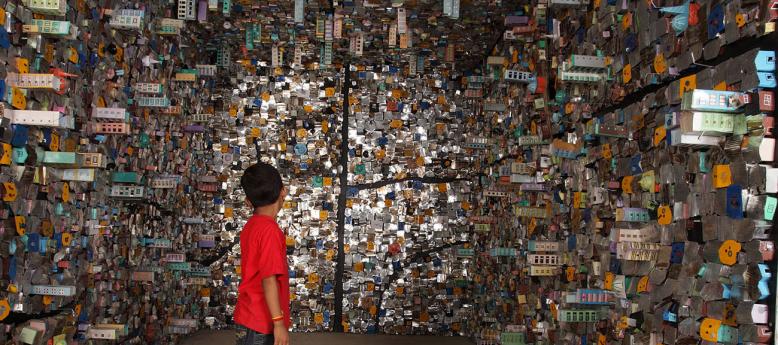


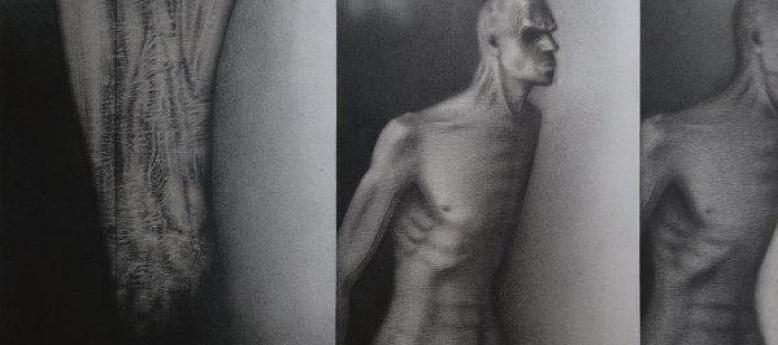

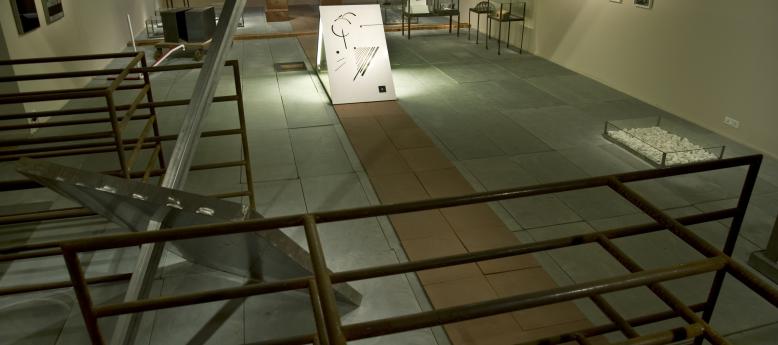
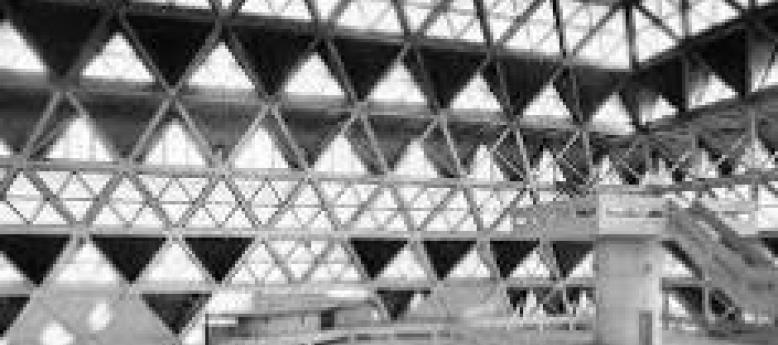
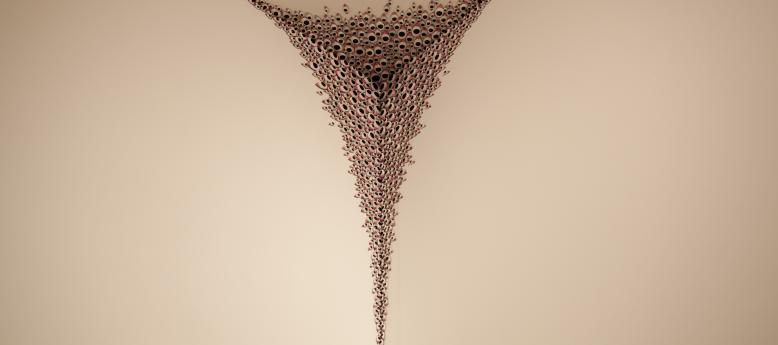


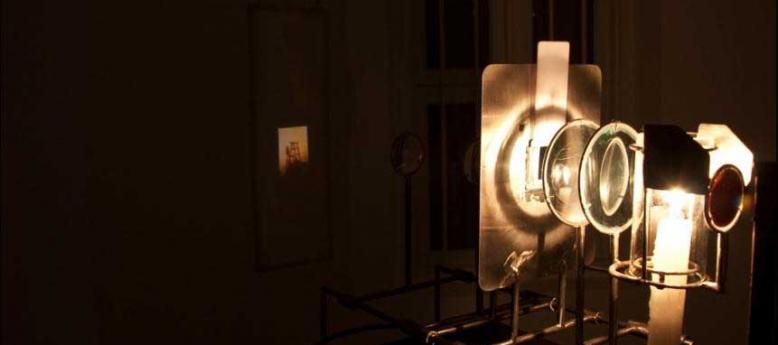



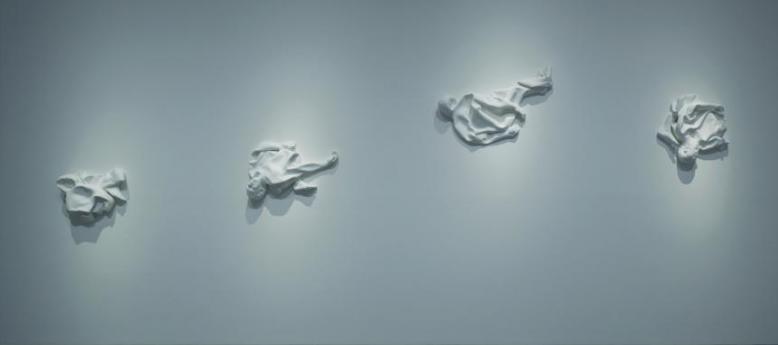




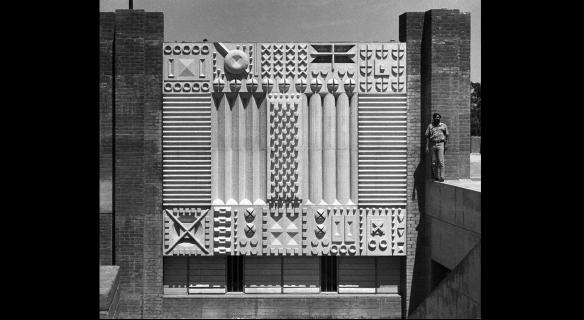







.jpg)



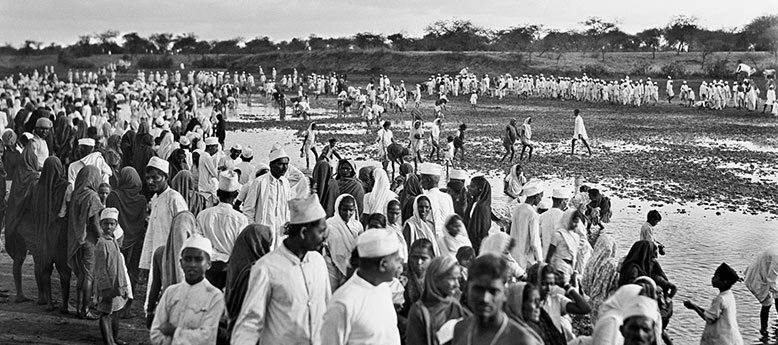




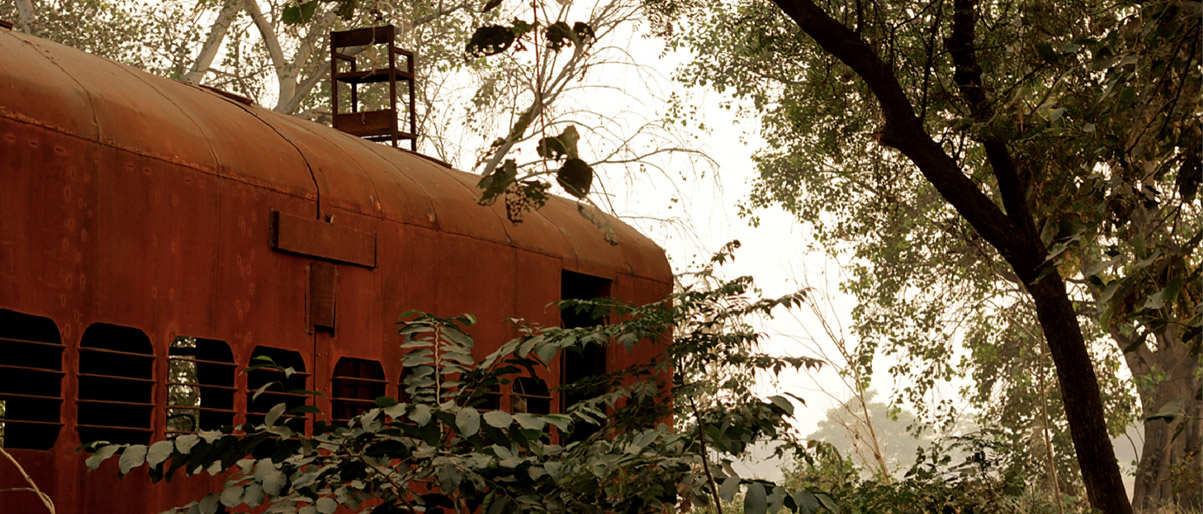
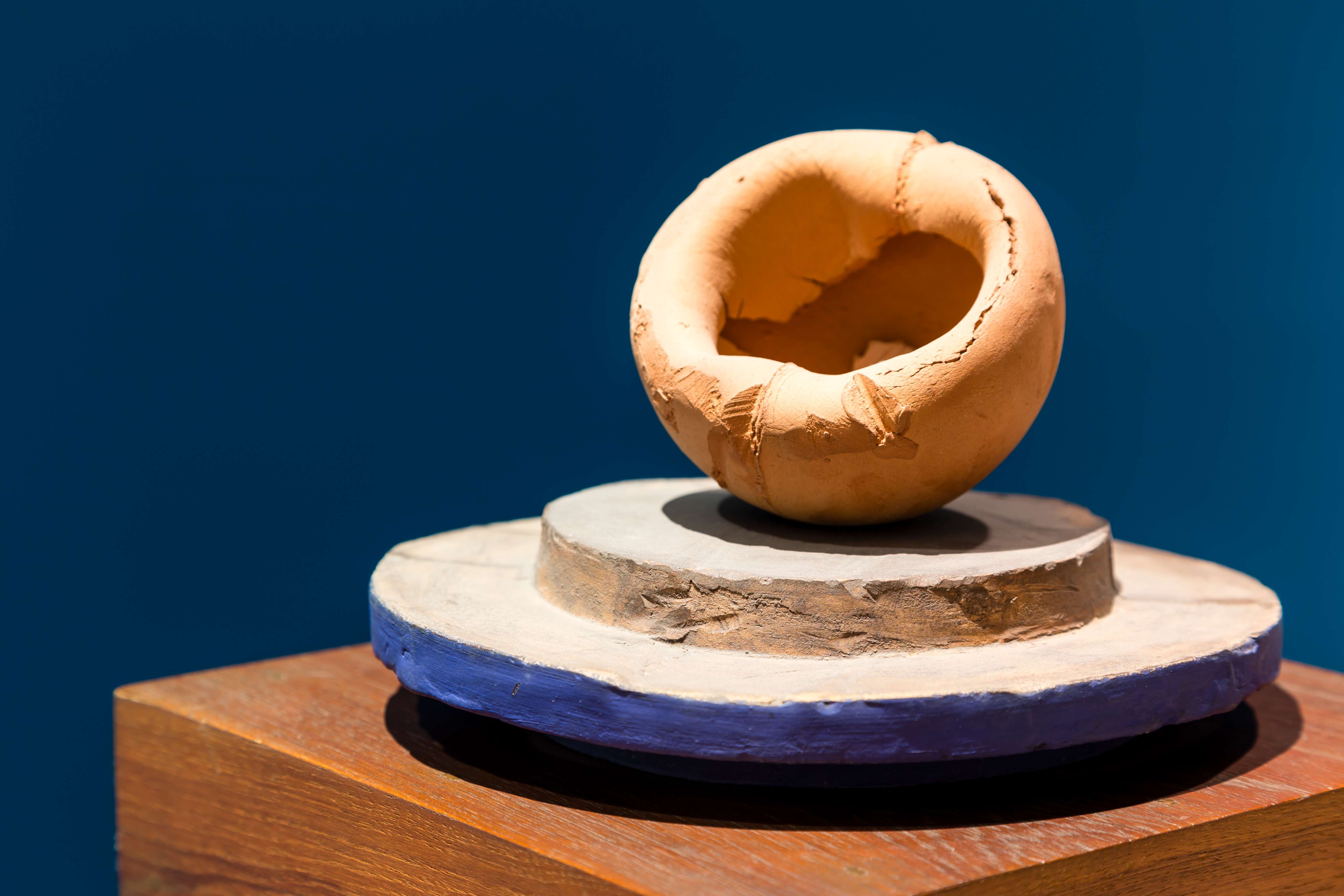

.jpg)






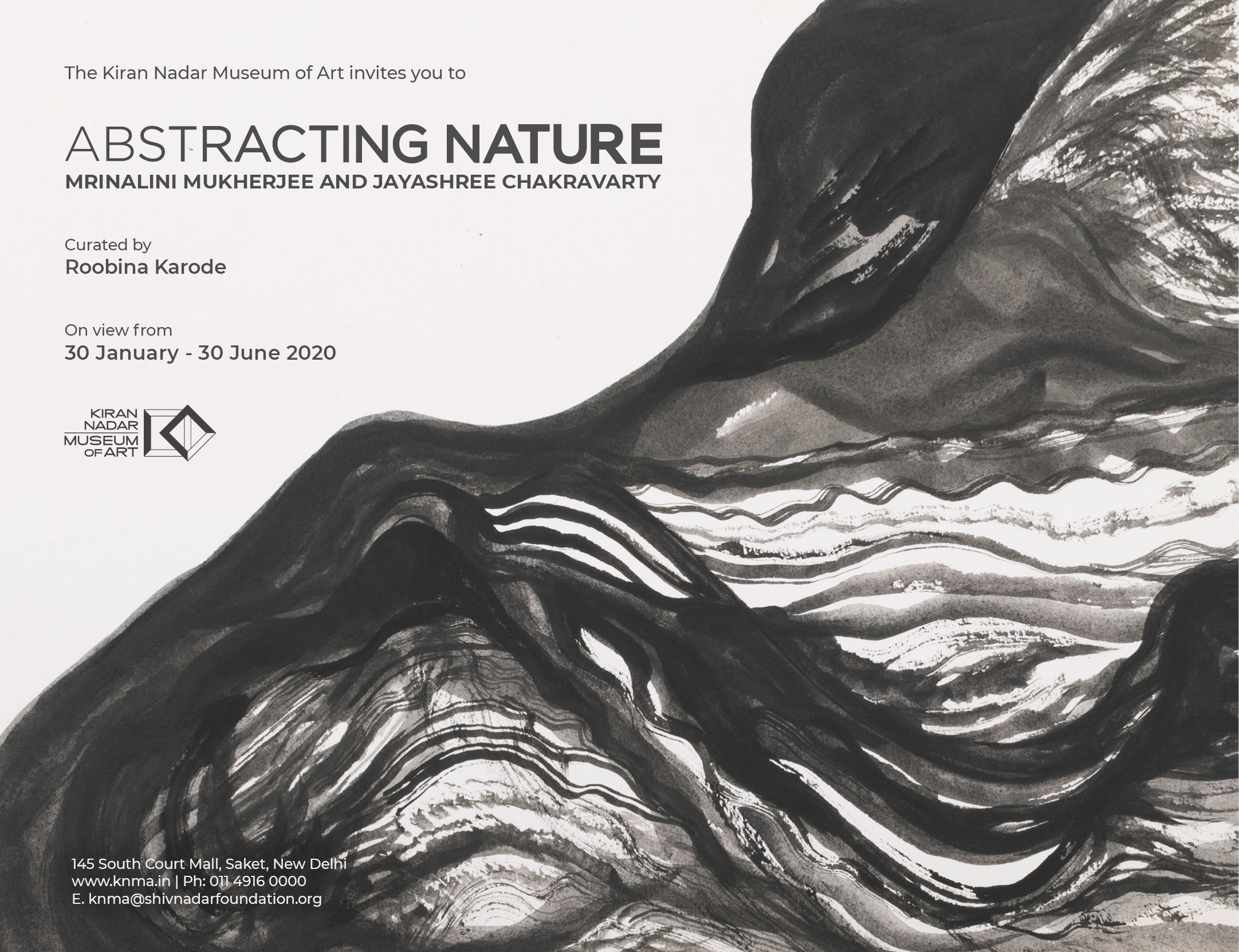
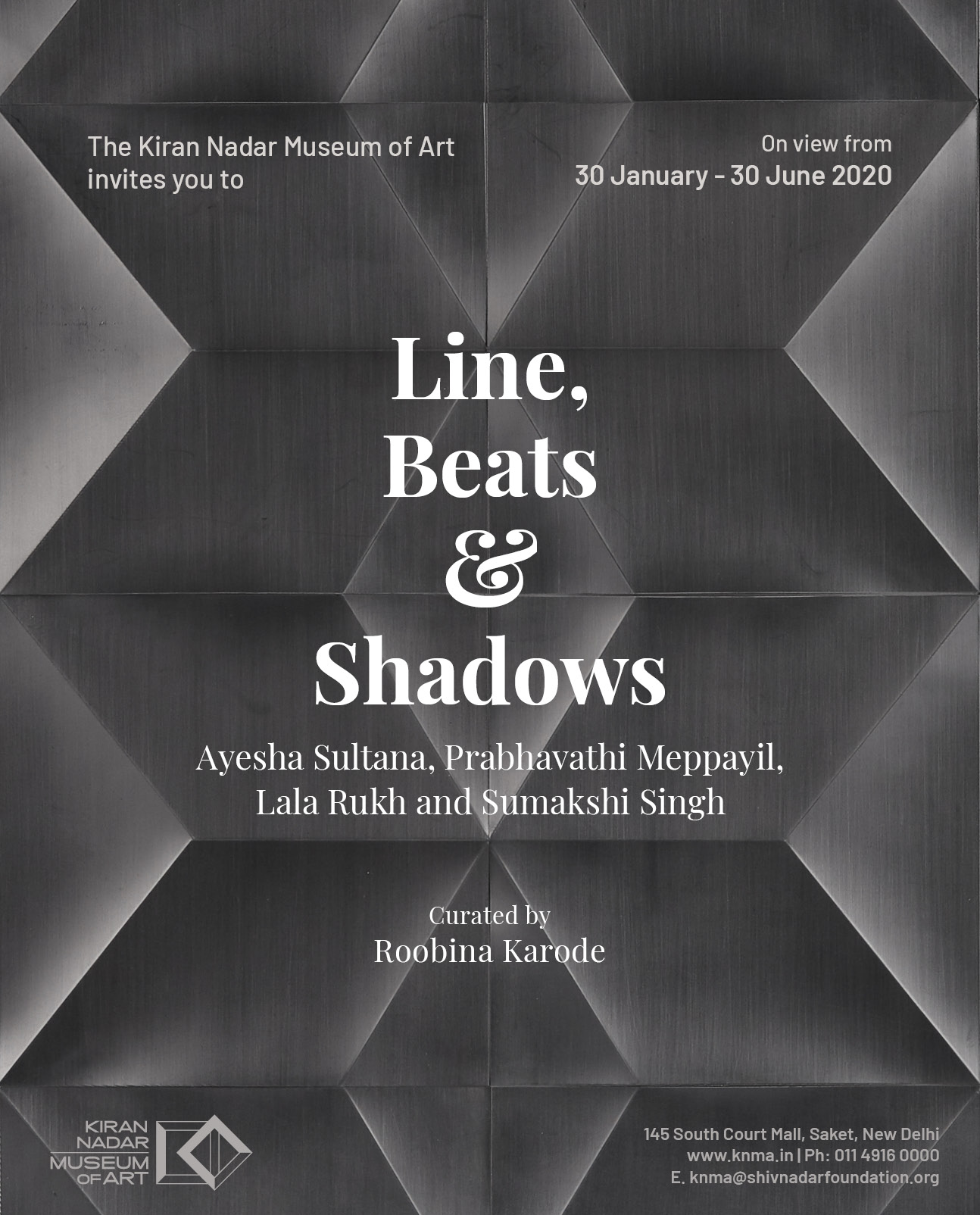
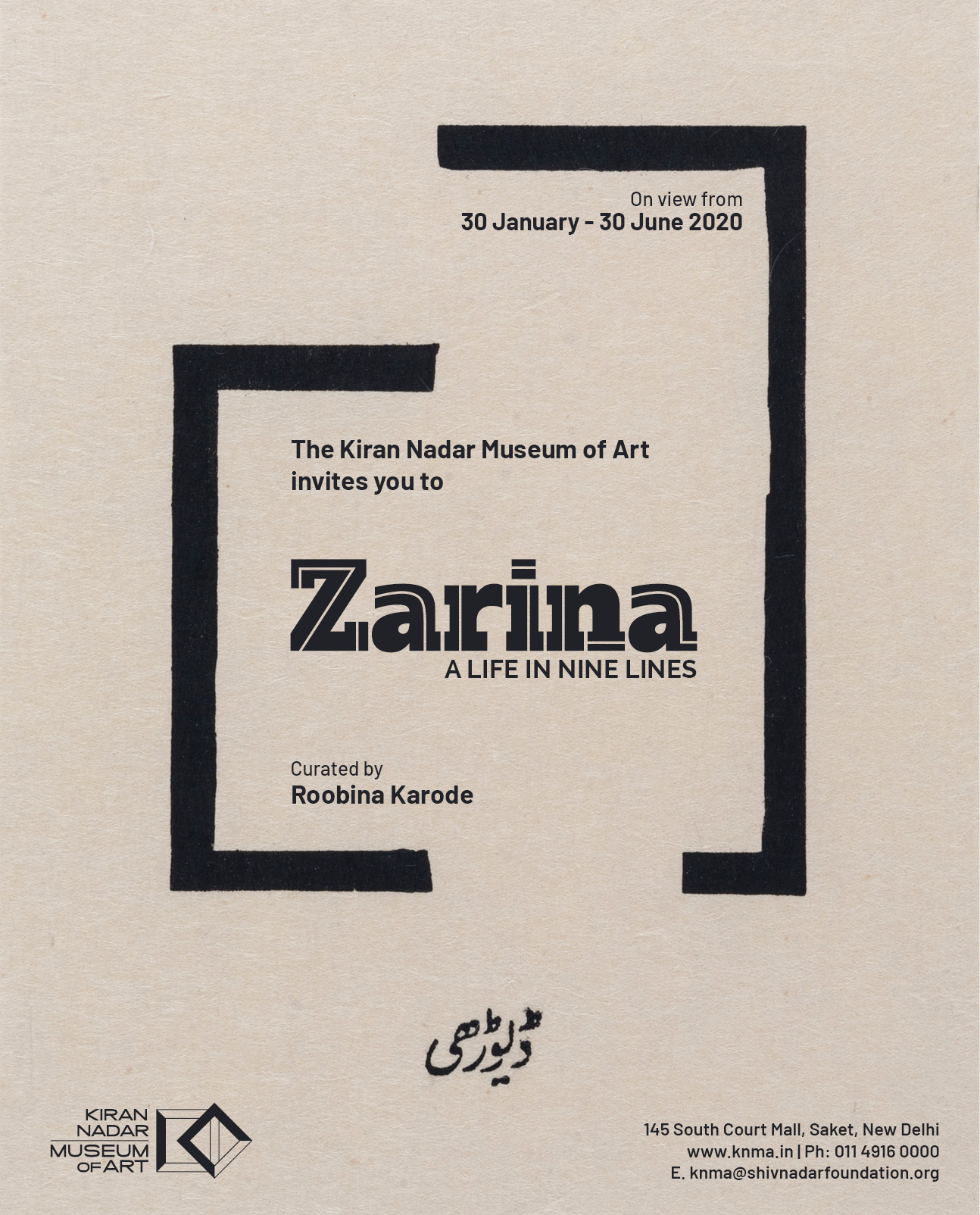







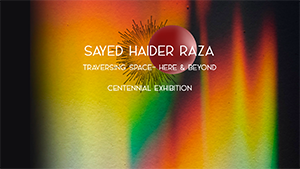


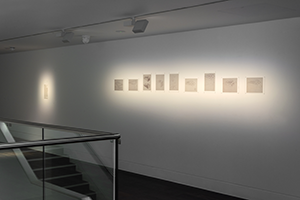
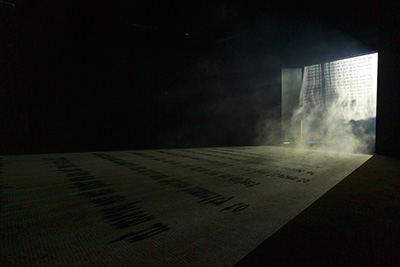
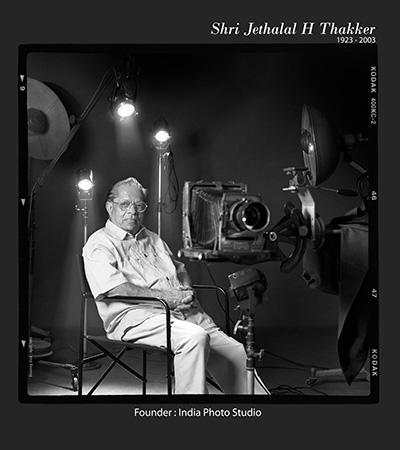





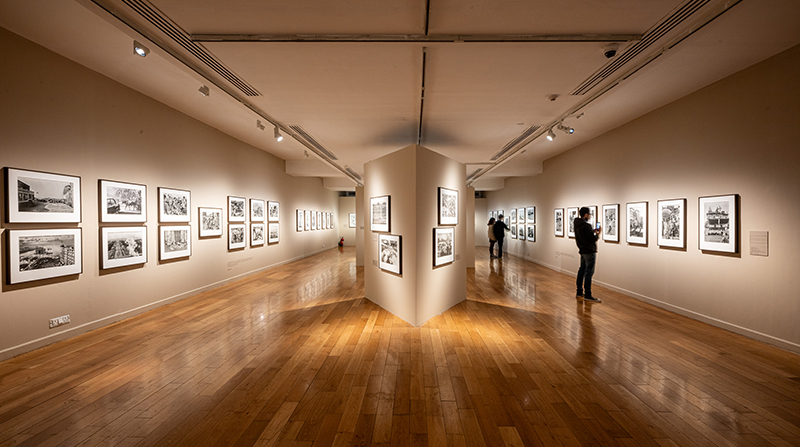
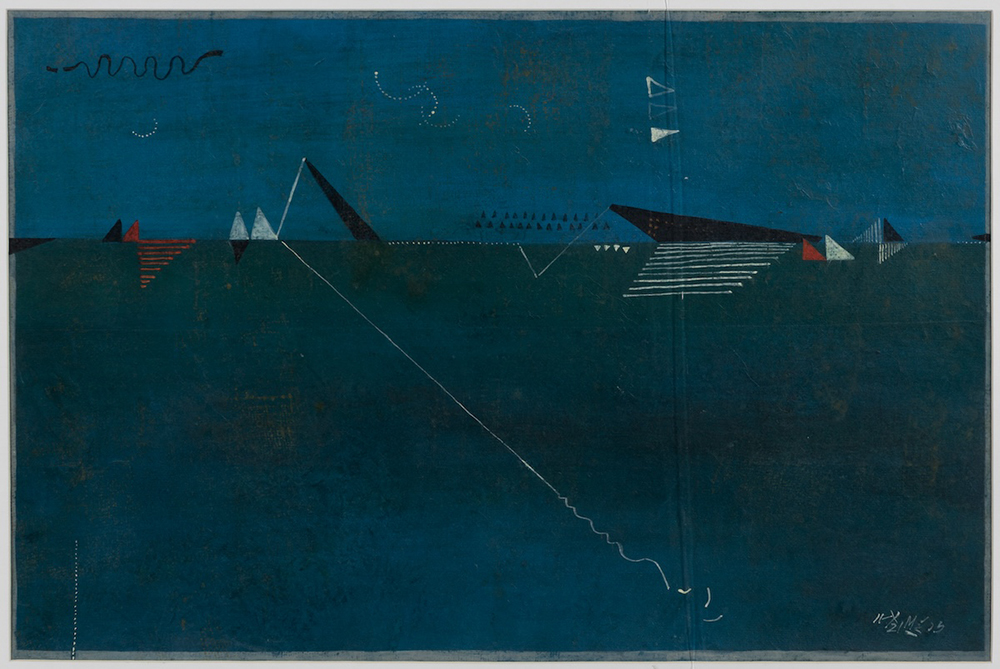

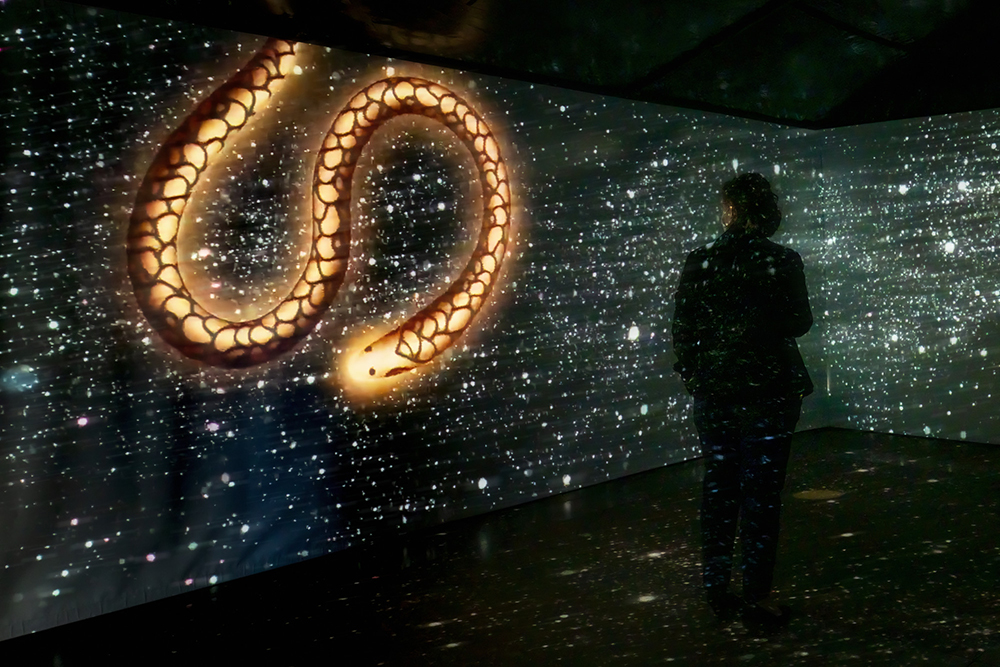
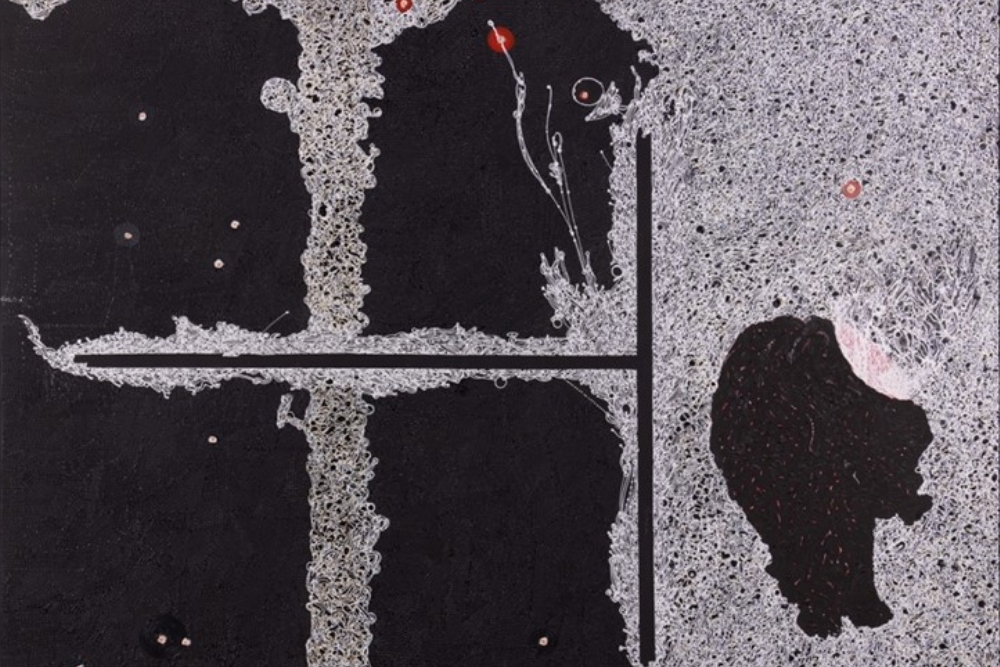
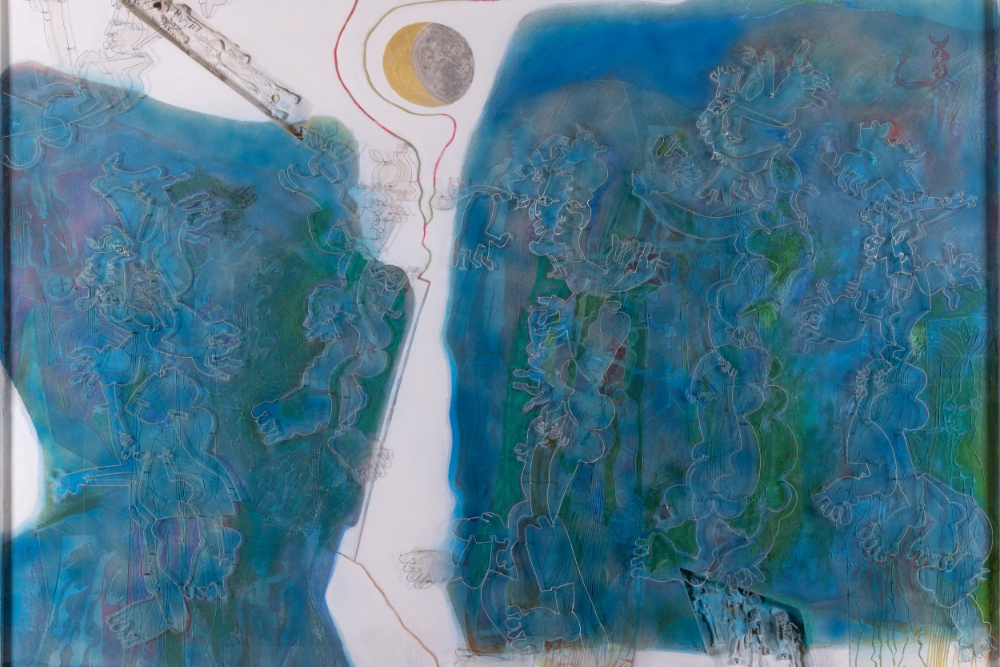
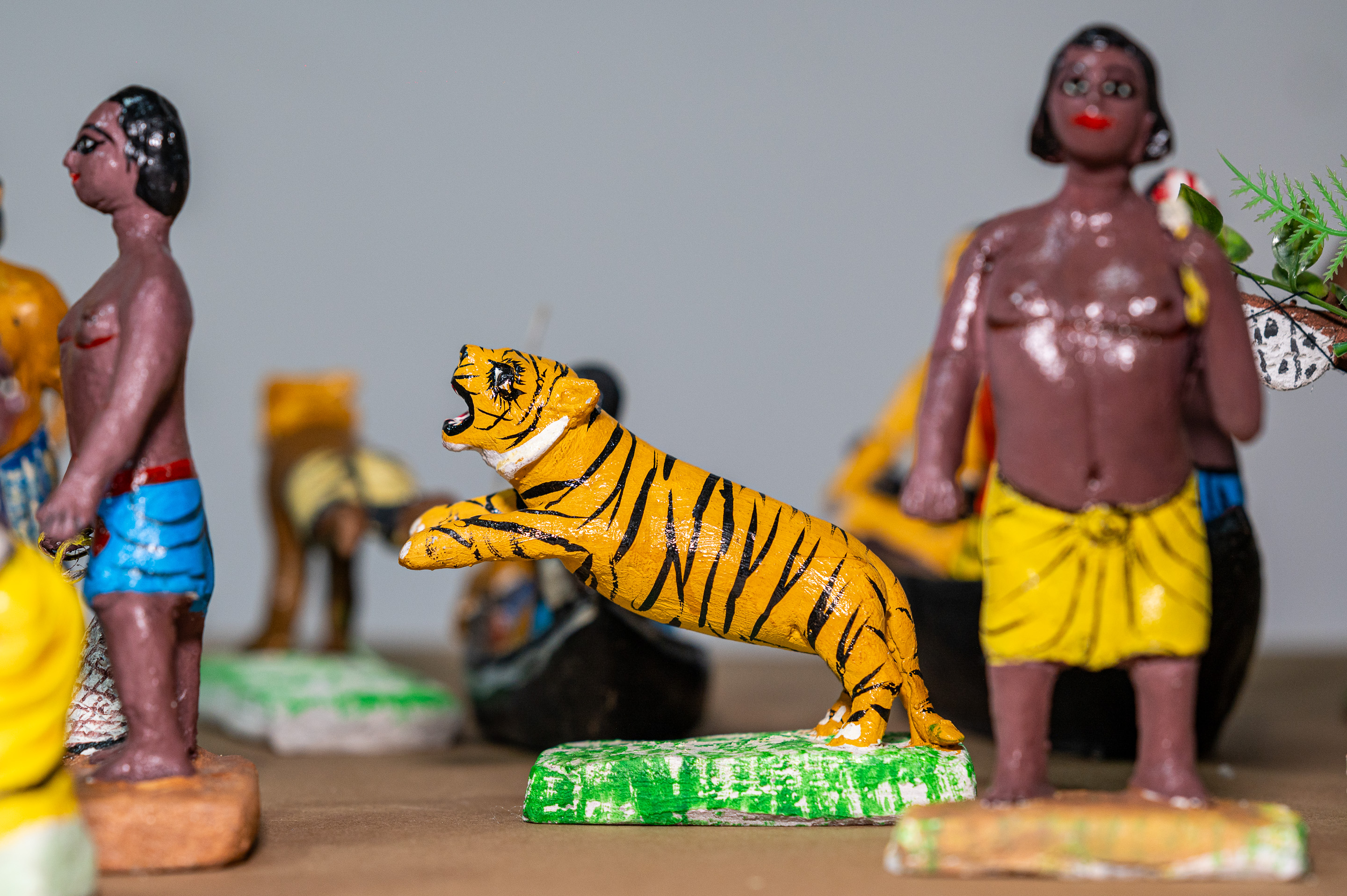



.png)

